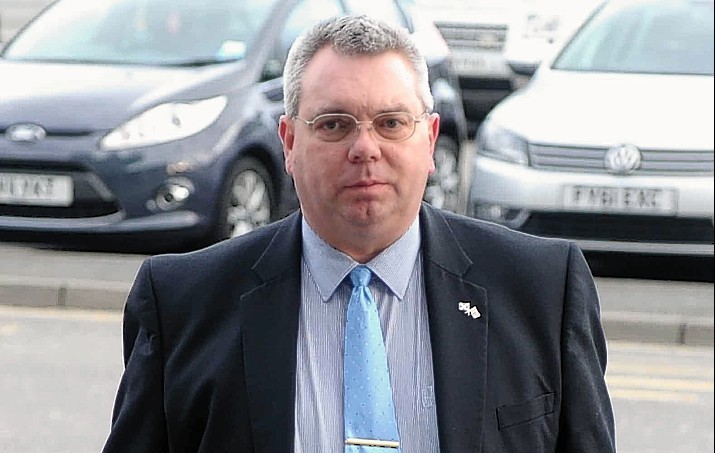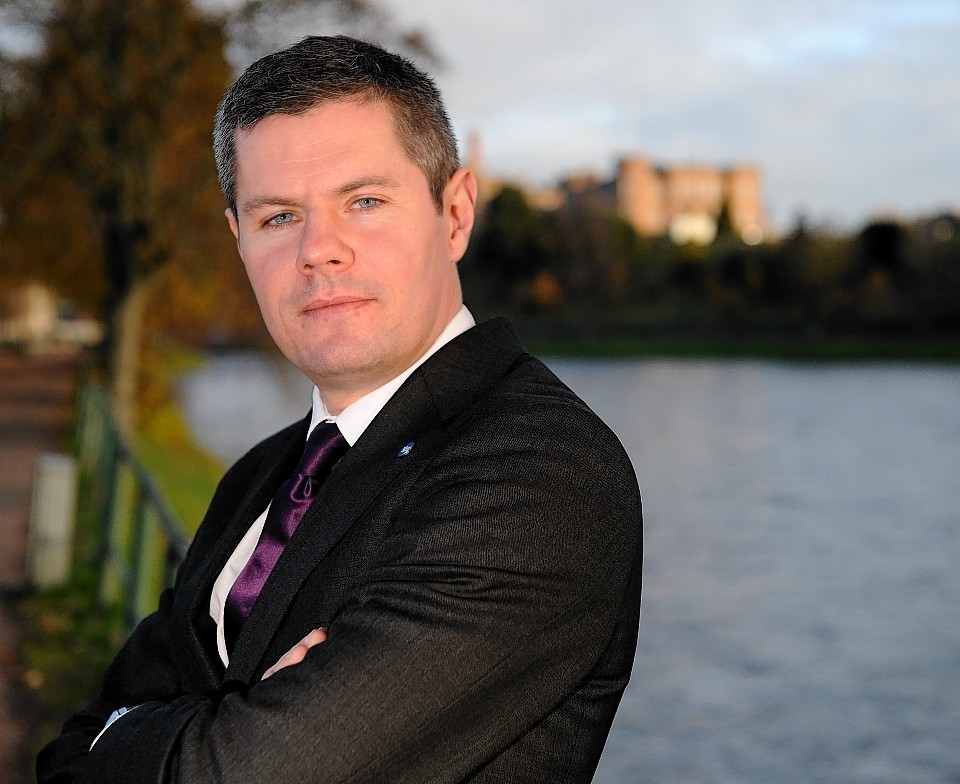The Conservatives have branded figures which showed more people were killed on north and north-east roads last year than anywhere else in Scotland a “national disgrace”
Official statistics published yesterday revealed that 33 people died in Grampian and 26 in the Highlands and islands in 2014 – an increase on the previous year figures.
There were 310 serious casualties on north-east roads – the highest rate in Scotland – and 82 in the Highlands and islands.
The figures showed that 200 people were killed on the roads across Scotland last year in comparison to 172 in 2013 – a 16% increase.
Tory transport spokesman Alex Johnstone, a north-east MSP, said: “Road users including children are still dying and being seriously injured and this is a national disgrace.
“It shows the SNP government’s flashy TV adverts on the subject, are simply not working.
“It’s time the they invested more time and effort into finding out the real cause of accidents and devised a much better plan to stop this death and destruction on our roads.”
Transport Minister Derek Mackay admitted the figures were “disappointing” and said that all road users had a responsibility to make them safer.
He added that local authorities should consider introducing more 20mph zones.
Mr Mackay said: “The longer term downward trends and the annual decline in the total number of casualties, to the lowest level since records began, are encouraging but more can, and must, be done.”
The minister said the country’s tough new drink drive limit would “undoubtedly help prevent the tragic and unnecessary loss of lives” on the roads.
He added that the average speed cameras on the A9 Inverness to Perth road were delivering benefits and significant investment was improving safety for cyclists.
Michael McDonnell, director of Road Safety Scotland, said: “Ultimately we need all road users to take ownership of their own safety and that of those with whom we share the roads daily – it’s everyone’s responsibility.”
The campaigner said his organisation had developed resources for use in schools and campaigns on driving on country roads and the influence parents have on their child’s future driving style.
Road death figures
Provisional road casualty rates for Grampian and Highlands and islands.
Aberdeen
Six people died, 87 were serious injured with a total of 310 casualties in 2014.
Four people died, 99 were seriously injured with a total of 393 casualties in 2013.
Aberdeenshire
Twenty five people died, 177 were seriously injured and the total number of casualties was 570 in 2014.
Twenty three people died, 175 were seriously injured and the total number of casualties was 623 in 2013.
Moray
Two people died, 46 were seriously injured and the total number of casualties was 121 in 2014
Three people died, 47 people were seriously injured and the total number of casualties was 155 in 2013.
Highland
Nineteen people died, 69 people were seriously injured and the total number of casualties was 580 in 2014.
Twenty one people died 73 people were seriously injured and the total number of casualties was 618 in 2013.
Orkney
Two people died, five people were seriously injured and the total number of casualties was 29 in 2014.
Two people were killed, four were seriously injured and the total number of casualties was 30 in 2013.
Shetland
One person died, two people were seriously injured and the total number of casualties was 29 in 2014.
One person died, four people were seriously injured and the total number of casualties was 47 in 2013.
Western Isles
Four people died, six were seriously injured and the total number of casualties was 47 in 2014.
One person was seriously injured and the total number of casualties was 23 in 2013.
A total of 56 pedestrians were killed on Scotland’s roads and eight cyclists and 31 motorcyclists lost their lives in 2014.
Thirty seven pedestrians, 13 cyclists and 23 motorcyclists died in 2013.
Seven children were killed and 171 seriously injured in 2014, down from nine fatalities and 143 serious injuries in 2013.
Overall there were 1,694 serious casualties on Scotland’s roads last year, up from 1,667 the year before.
There were 11,240 casualties in 2014 compared to 11,493 the previous year.

